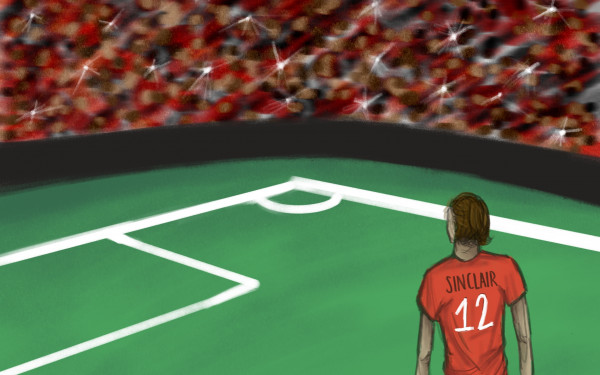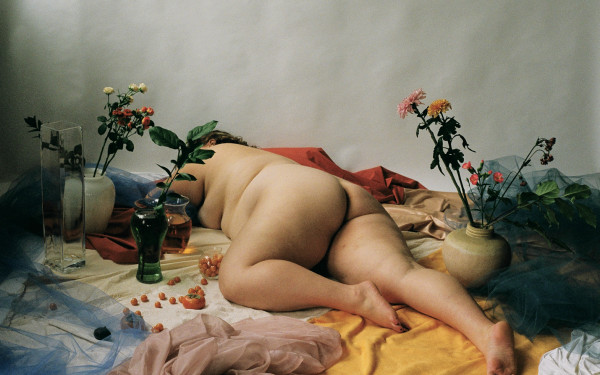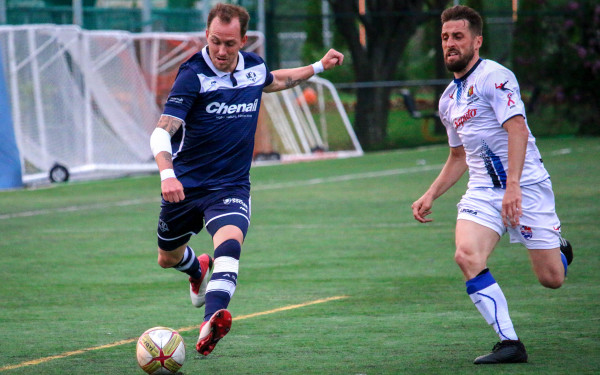Shut Up and Dribble: Time to Pay Women What They’re Owed
This Year’s Women’s World Cup Put to Rest The Notion That Women’s Sports is a Niche Interest
As a fan of Canadian soccer, I was understandably miffed a week and a half ago. The United States Women’s National Team won their fourth World Cup in one of the most dominant tournament runs in world soccer history — men’s or women’s.
The same day, July 7th, The United States Men’s National Team played the finals of the Gold Cup — the continental championship for North America and the Caribbean — where they lost 1-0 to Mexico.
While that last result did put a smile on my face, the final ratings for the Women’s World Cup only improved my mood. For the last couple of years, women’s pay in sport has been an ever-present issue and in the realm of soccer, there is a better case than ever for female athletes to get paid their fair share.
Ada Hederberg — the best women’s player in the world and three-time Women’s Champions League winner — quit the Norwegian national team because of how the female players were treated. The USWNT are taking their own national soccer association to court over equal pay. Some of the biggest names in women’s world football are taking a stand, and this past month has paved the way for serious change.
National teams aren’t the only culprits here though. FIFA — world football’s governing body — gives out dramatically different prize money amounts. While it is understandable that the men’s prize pool is bigger given that it’s the biggest event in the world whenever it’s on, the men’s $400 million prize pool to the women’s $30 million is borderline criminal.
More Americans watched the Women’s World Cup Final than the men’s final — the biggest sporting event every four years — by nearly three million people. As fate would have it, both American national teams were playing in the final of a major tournament on the same day. The women’s ratings almost doubled.
I’m also sick and tired of hearing the same old story of the U-15 Dallas team that beat the women’s team in a scrimmage. An informal scrimmage before a friendly two years ago is not an excuse to discredit some of the best and most dominant athletes on the planet.
It is also well established that the quality of a player is not the only factor when determining how much they get paid. Edmonton Oilers NHL player Milan Lucic made $8 million last year. Milan Lucic had a decent three-year run with the Boston Bruins where he even ended up winning a Stanley Cup. It in no way validates him warning this much money now and his production is a stark reminder that quality does not always equate to a reasonable salary.
I don’t ever want to hear another person say they get paid less based on how good they are when Argentinian soccer player Ezequiel Lavezzi—who plays for Chinese club Hebei China Fortune — makes $10 million a year. Lavezzi has had a similar career path to Lucic — albeit being less despicable — and now is in semi-retirement and cashes in ridiculous amounts of money for doing essentially nothing.
If you get paid based on your value to the market, then some of the players in the Women’s World Cup should be some of the best paid athletes in the world.
The USWNT’s jersey is the most popular Nike soccer jersey EVER in a single season. That doesn’t even take into account the other teams in the World Cup. More than a billion people watched the Women’s World Cup over the span of the tournament.
Women’s sports is not a fad. It is not a niche interest. It is widely popular and it will only grow as the years go by. Now that we also know that the general public enjoy them just as much as their male counterparts, it’s time they start being compensated like it.





4_600_375_90_s_c1.jpg)